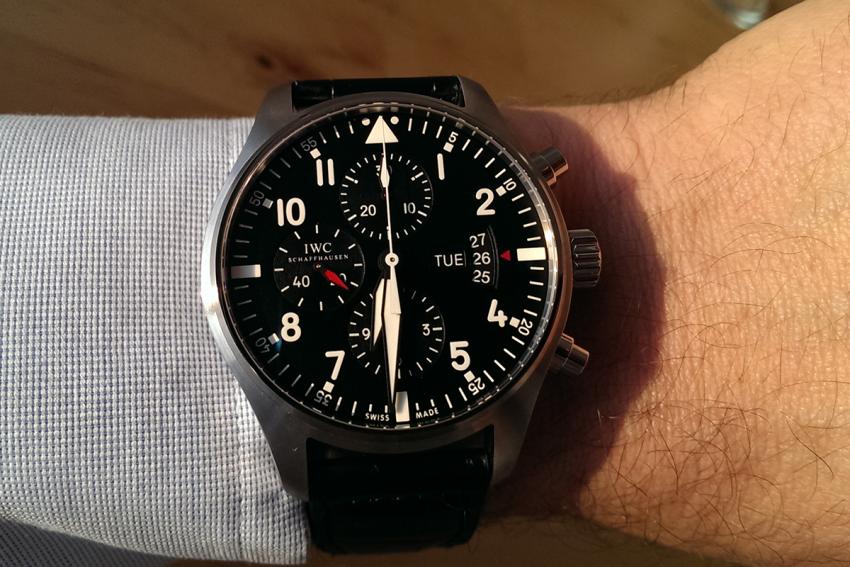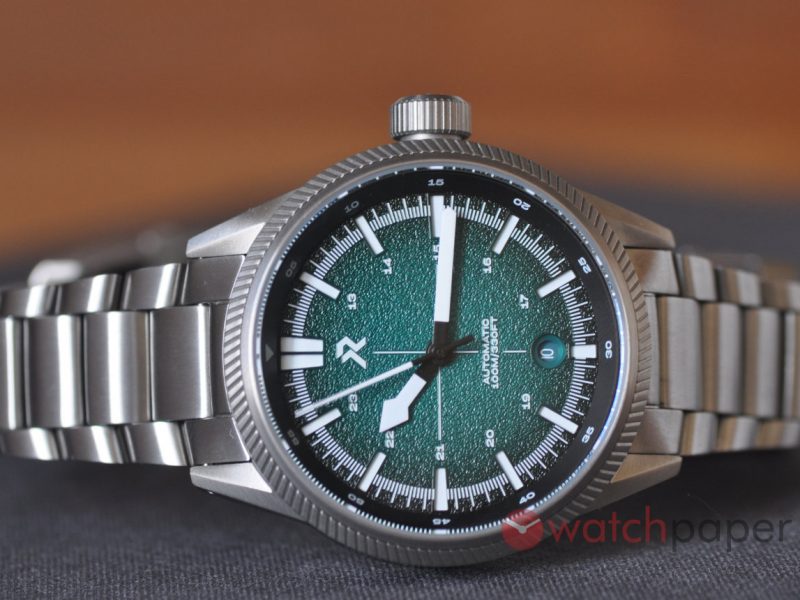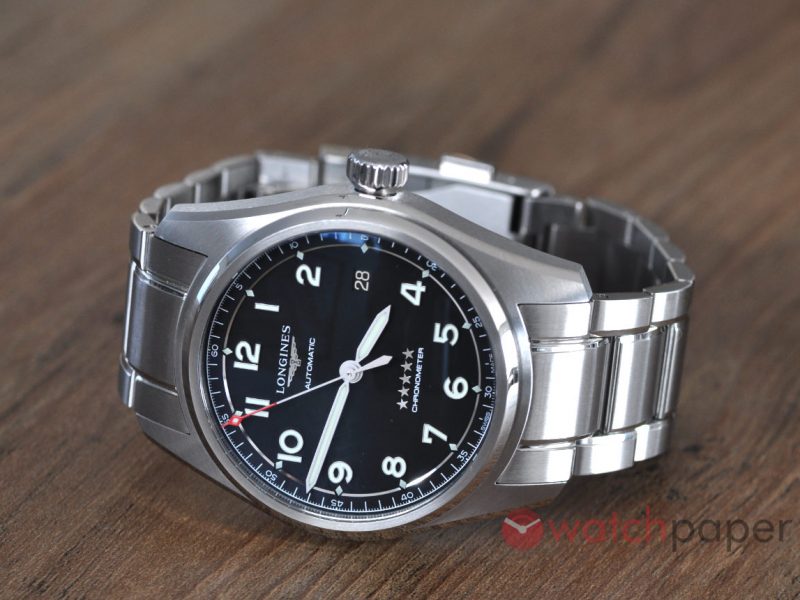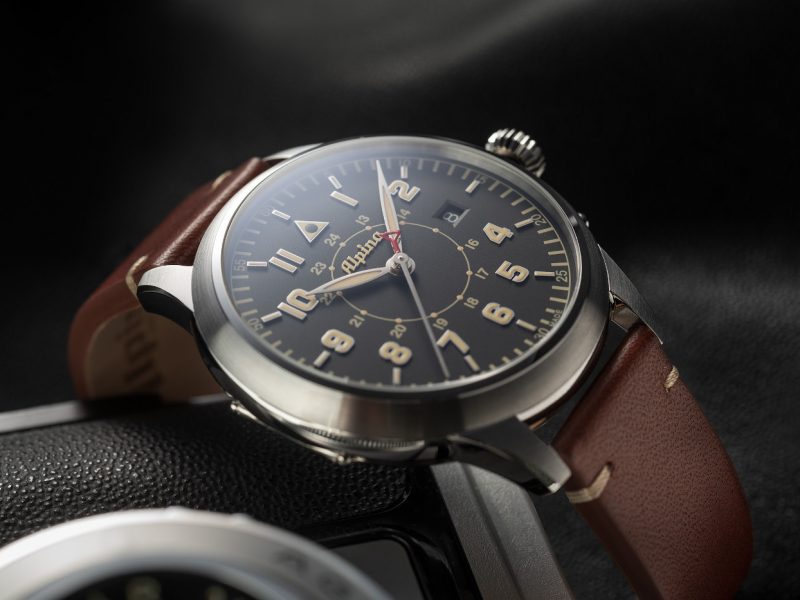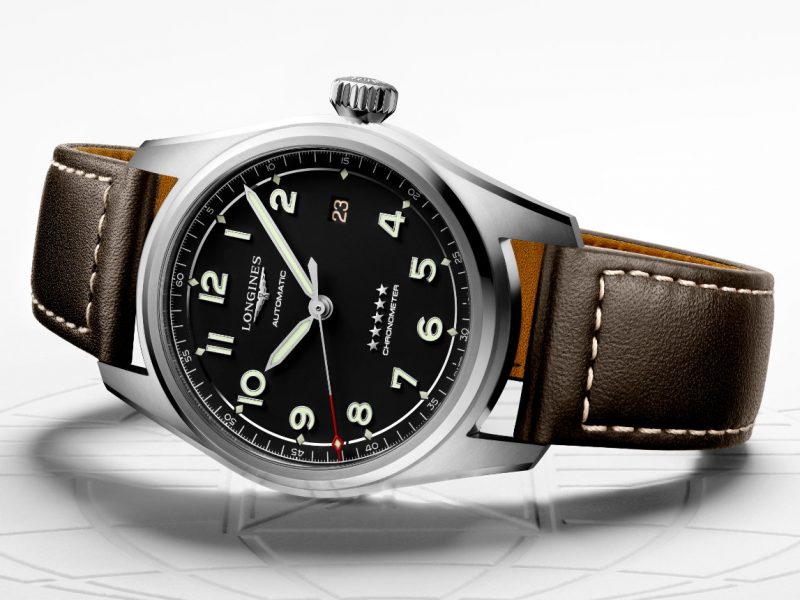Watch Collecting and High Anxiety: Confessions of a new watch collector
I took a sip of the Cranberry soda the salesperson had just placed in my hand and asked her what this drink was.
“It’s Cranberry soda.” she repeated helpfully.
“What’s in it?” I persisted.
“Cranberry soda.” she said, sounding a little uncertain now.
It wasn’t the answer I was hoping for (I secretly hoped she had spiked it with something), but the bizarre exchange had a steadying effect on me. You see, I had just selected a new watch to add to my small but growing collection. It wasn’t just any watch, it was my first certifiably luxury watch. By luxury watch standards it was almost entry-level at six thousand dollars, but it was a fine example of the species from a brand that was squarely, indisputably, a member of a handful of elite mainstream luxury Swiss watchmakers. I was numb with the reality of standing at the counter actually paying for it.
My simple “I’d like to buy the watch” kicked off a flurry of activity and Cranberry soda at the store, a well-known dealer in the heart of Toronto’s haute shopping district. The floor manager was summoned. Keys were produced, and several locked cabinets were opened while a chorus of salespeople looked on. After checking and re-checking model numbers, boxes, the warrantee cards and, oddly, whether the time on it was correctly set, the watch sat on the counter while it was officially registered. People in Switzerland knew what I had done. My Visa withstood the blow, some blood returned to my face, and the watch was placed in the store’s signature, vibrantly-coloured shopping bag. Exiting through the secure, police-monitored, double doors I thought, looking down at my pink bag, that I might as well have had a “rob me” sign hanging around my neck. I made it home safely and began a meditation – ongoing – about why I had done what I had just done. My buyer’s remorse went to grad school.
How I wound up standing there buying a gratuitously expensive timepiece was a journey that started several months earlier. An abiding interest in watches slowly transformed into a preoccupation, but had started with the gateway purchase of a dress watch…a Timex. I wanted to have a thin, simple watch I could wear with a dress shirt. Variety soon trumped brand and I found a nicer Tissot that, since it was my birthday, I felt I deserved. Things quieted down for a time and my need for the “right” wardrobe-completing watch subsided. Then a terrible thing happened: curiosity met crushing boredom while I was at home recovering from surgery and expanded to fill the time I had on hand. I had entire days to explore how the “right” watch fit a specific context and completed a look. Worse than the aesthetics was the technical dimension of watches – I discovered it was a fascinating hole of facts, histories, and details so deep I haven’t yet emerged. Tourbillon, escapement, balance wheel – the lexicon of the guts of a watch needed to be mastered in order to enter medieval debates with other watch nerds over whose combination of these pieces was superior. I knew I crossed some watch-collecting Rubicon after I managed to talk my father into the early release of the family heirlooms: a vintage Rolex Datejust and my grandfather’s Elgin pocket watch. There is no AA equivalent for the watch obsessive and I may have to found one.
Mechanical watches, whether vintage or modern luxury, are the definition of a useless object. Their purpose as timepieces has long since been surpassed by just about any other device scattered around our environment: microwaves, stoves, TVs and, of course, our phones. Because they are so completely unnecessary they are also, in some cases, art. The majority of high-end Swiss watches participate in the well-established and predictable economy of luxury goods. Brand reputation and history, scarcity, and pricing strategy invite those with the means to feel a part of a narrative they may have nothing to do with. My IWC Pilot chronograph promised me an echo of the aviation and military history the company trades heavily on; they aren’t found on everyone’s wrist; the watch is dear enough that you feel like you’ve really paid for your passport into the community you want to be a part of. Or do you?
Researching watches meant I spent a lot of screen time with collectors and enthusiasts on individual blogs and in the sprawling forums where the minutiae of timepieces are discussed. Affable, knowledgeable, and for the most part thoughtful they support the habit and live in a mutual admiration society online. Got that Breitling you’ve been lusting after? Well done! Post pictures. Watch obsessives scorn those with too much money and not enough sense, those who want that Rolex only because it’s a Rolex. At the other end of the spectrum from shallow status symbol seekers are the hard core Collectors. These men (and they are almost exclusively men) have spent years and most of their disposable income amassing their collections and are celebrated by the watch media like rock stars. Some, like John Mayer and Eric Singer, are rock stars. Did I secretly want to be like John Mayer (who also collects bad press by frequently putting his foot in his mouth)? Who was I trying to keep up with?
Collecting, according to psychologists, is a primal human activity. We collect photos, ticket stubs and baseball caps because of the associative pleasure they bring us. We also collect to bring imaginary order to our lives or to compensate for loss. My advanced course in watches was slowly convincing me that my interest might, in fact, be a pathology. What was this interest trying to, expensively, hide? The list was too long: a litany of first causes that any dimestore therapist could help me sort out given enough time and money. And even then, at the end of it, I might have produced a taxonomy instead of a cure.
But watches are deeply pleasurable not just because some examples approach art. The hunt for ‘the’ watch was as satisfying and natural as the hole in my psyche it was supposedly addressing. Our mammalian brains are latecomers to the biological structure that supports our selfhood. The cerebral cortex is a thin veneer of reason over eons of instinct. Simply knowing how it all works (mostly) doesn’t help explain away desire. Not once did all that critical theory I consumed in grad school come to my rescue and stop me from stalking, capturing, and mounting the watch I was hunting for at the time.
Which is what led me to the counter at Royal de Versailles sipping at a Cranberry soda.


